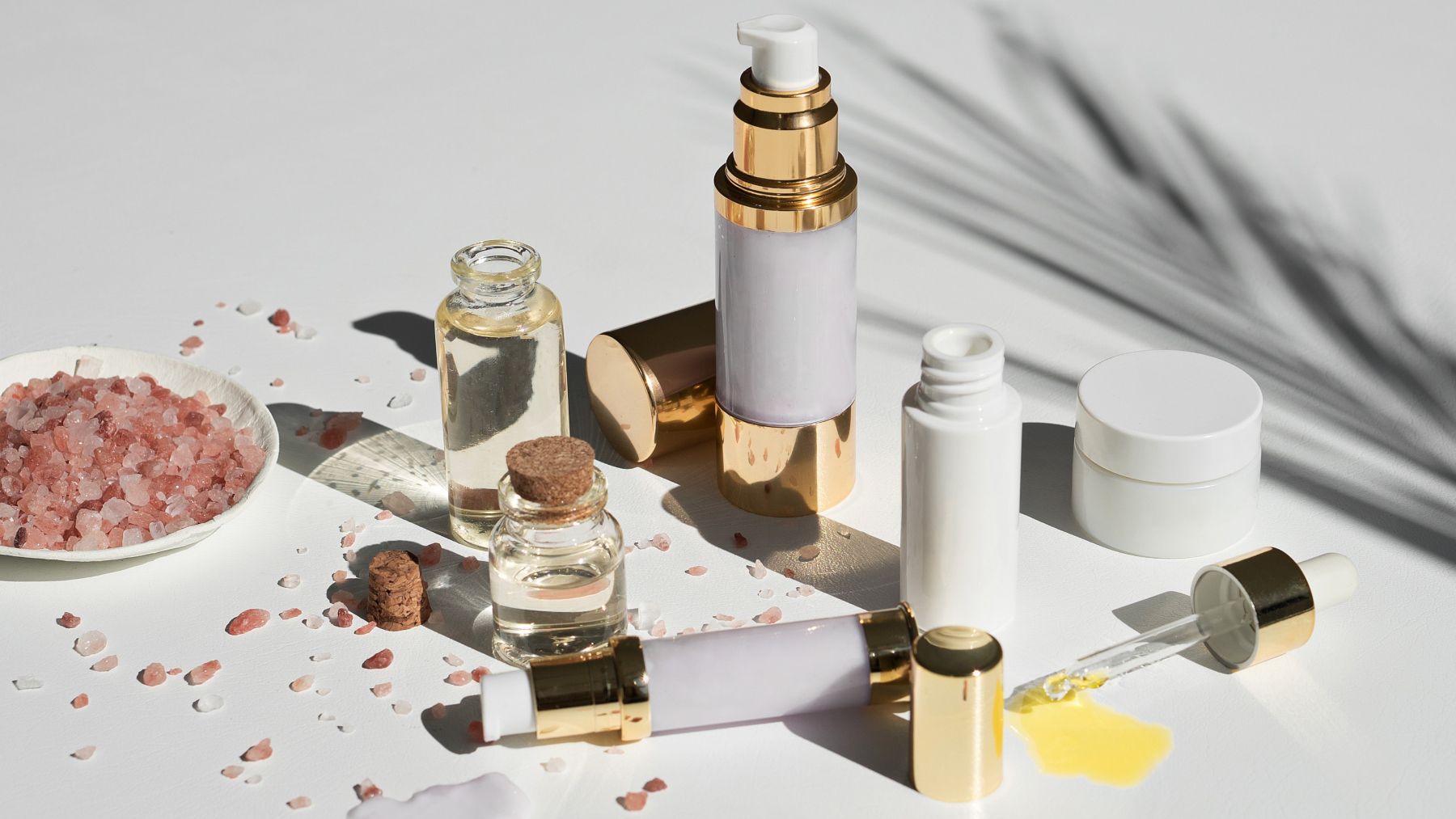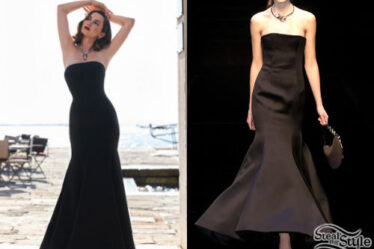
It’s the sign of doom that economists have been dreading: the lipstick index is on the rise.
Coined in 2001 by Leonard Lauder, chairman emeritus of The Estée Lauder Companies, the lipstick index refers to the phenomenon where consumers facing economic uncertainty tend to spend more on small pleasures — including cosmetics. When sales of lipstick go up, stocks and the gross domestic product may be headed down.
This year, the index is flashing red. Lipstick sales jumped 44 percent in the first quarter of 2022, according to the NPD Group, amid headlines of rising inflation and a looming recession. The US economy isn’t officially in a recession yet, but the S&P 500 has plunged more than 20 percent from its January high and the Federal Reserve has hiked interest rates, which often triggers a downturn.
Beauty brands are sometimes able to rely on strong sales of affordable items to shield themselves during downturns, even as other consumer goods companies struggle. Prestige beauty is growing from a unit perspective — the only category out of the 14 industries NPD tracks that’s doing so. Total units year-to-date through May 7 are up 13 percent, while overall retail is down 9 percent. Consumers battered first by a pandemic, now by a recession, may be even more eager to splurge on cosmetics, analysts say.
“It’s almost like the mental state of the consumer today is different,” said Larissa Jensen, vice president, beauty industry advisor at NPD Group. “We just went through a global pandemic. We’re looking for ways to feel better about ourselves.”
Still, beauty is not completely recession-proof: During the pandemic, consumers cut discretionary spending and beauty sales fell 15 percent from 2019, according to a report from BoF and McKinsey.
The beauty industry is bracing for impact. Brands are dealing with supply chain difficulties, rising costs and inflation. Independent brands, especially, are strained after running on near-empty through the pandemic. At the same time, investors are tightening their purse strings. In response, brands are focused on becoming essential to consumers and strengthening their community-building efforts, while stockpiling cash and streamlining their businesses.
“When the economy has gone through these shocks, you really just lean on getting much more crisp in your business model,” said Robin Tsai, general partner at VMG Partners, which has invested in brands including Drunk Elephant, Briogeo and K18.
Brands Button Up
Raw Sugar Living — a mass-market wellness brand sold at retailers like Target and Walgreens — saw its business double in 2020 thanks to its early investment in sanitisers and soaps. Now, they’re upping the size of some of its products, like body wash, so shoppers feel they’re getting more for their money, said chief executive Michael Marquis. The brand is also incorporating trendy fruit scent profiles that recall popular smells from luxury brands, hoping to appeal to customers looking for a less-expensive alternative.
More-expensive brands are pitching themselves to value-driven customers too. U Beauty, a prestige skin care line founded in 2019 by influencer Tina Chen Craig with prices ranging from $68 for lip balm to $228 for serum, is reintroducing free sampling to create a “VIP” experience and showcase how its items are designed to do the job of multiple products. That’s especially crucial when consumers are evaluating their spend more closely, said Craig.
“We want [consumers] to have that sense of stability and security,” she said. “In this economic downturn, you want to know ‘Okay I’m getting the best value, nothing better is coming next week.’”
To avoid passing prices onto the consumer in the face of inflation and sustained supply chain difficulties, brands are employing tactics like stockpiling, taking out complicated components from packaging, bringing production in-house, and changing their shipping policies, said Beauty Independent editor Claire McCormack.
Rephr, a beauty start-up that sells makeup brushes and skin care, used to be willing to take a loss on shipping. Not anymore. To avoid raising prices, it’s working out how to build rising material and production costs into its margins and reevaluating its partnerships. Striking the right balance between targeting growth and being too ambitious with inventory has been a challenge for Rephr, which relies on Clearco and Shopify loans to build out its stock, especially ahead of revenue-driving holidays.
“We’ve been pretty aggressive in the past in terms of trying to grow … this year we’re rethinking the amount of inventory to hold for Black Friday or the holiday season,” said founder Tom Shen. “That’s something we’re evaluating day-by-day. It’s definitely very scary.”
Raw Sugar is working with its wholesale partners on inventory planning, taking a closer look at its products and considering eliminating or pausing products that are not top sellers or are creating supply chain complexity.
“You’re trying to make sure that every dollar you’re investing is going to pay off at some point, ensuring that all of the product you have out there is working super hard for you,” said VMG Partners’ Tsai.
Cash Is King
Despite economic uncertainty, investors continue to target the beauty space because of its good margins and relatively consistent growth, according to Rachel ten Brink, general partner and founder of Red Bike Capital and an Estée Lauder and L’Oréal veteran. However, there are adjustments: Investors are slowing down the process and asking more questions about brands’ business models, profitability, scalability and access to capital, she added.
“There is a shift from selling a great idea to ‘show me the traction,’” said ten Brink. “Cash is king. Understand your cash flow.”
That includes looking at burn rate (the rate at which a company spends money in excess of income) and being more realistic about how much growth a company can support with the understanding that there is not as much readily available capital if something goes wrong, said ten Brink. That might mean not immediately signing on with a large retailer like Sephora if a business’s supply chain and funding can’t support the spike in demand.
Dae Hair is “maximising [its] cash position and runway,” said brand president Jenny Son, by nailing accounting management, re-evaluating spend and how much debt to take on, building out a customer retention team and loyalty program, and making every dollar stretch further.
“There’s different ways that you can start to leverage your cash and you don’t have to use it. It’s about having the right strategy to know when to pull those levers,” said Son.
When considering fundraising now, brands should ask themselves whether they can be efficient with less capital — or potentially go for smaller rounds with clear metrics and goals, said ten Brink. Mutual understanding and candid conversations between investors and founders about where a company is poised to go in the next year, and a strong partnership is even more essential in periods of turbulence, said Tsai.
“Brands and businesses that were already top-notch to begin with are going to attract more attention,” said Tsai. “Whenever there’s a lot of volatility, there’s a flight to quality.”



